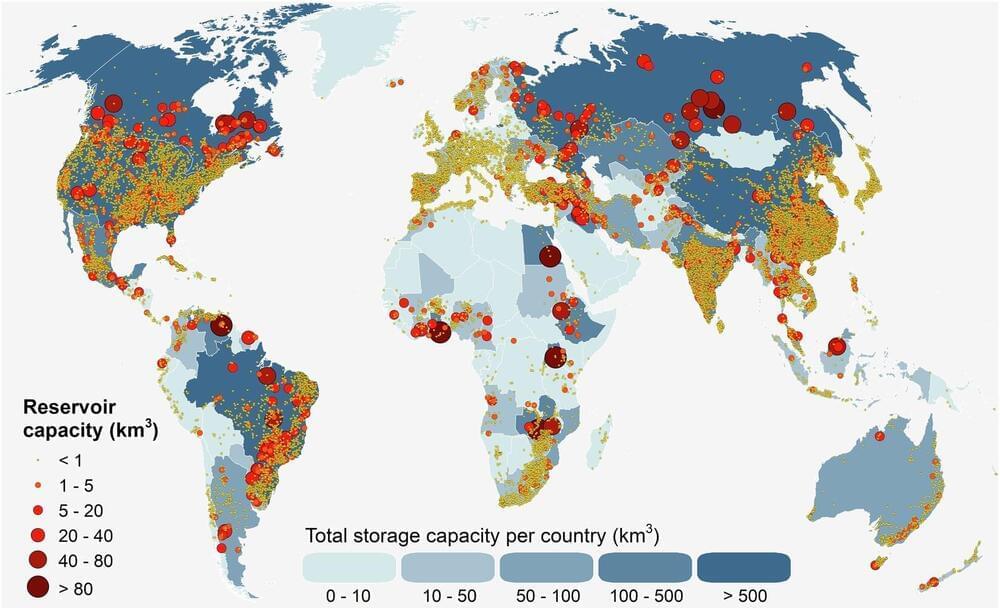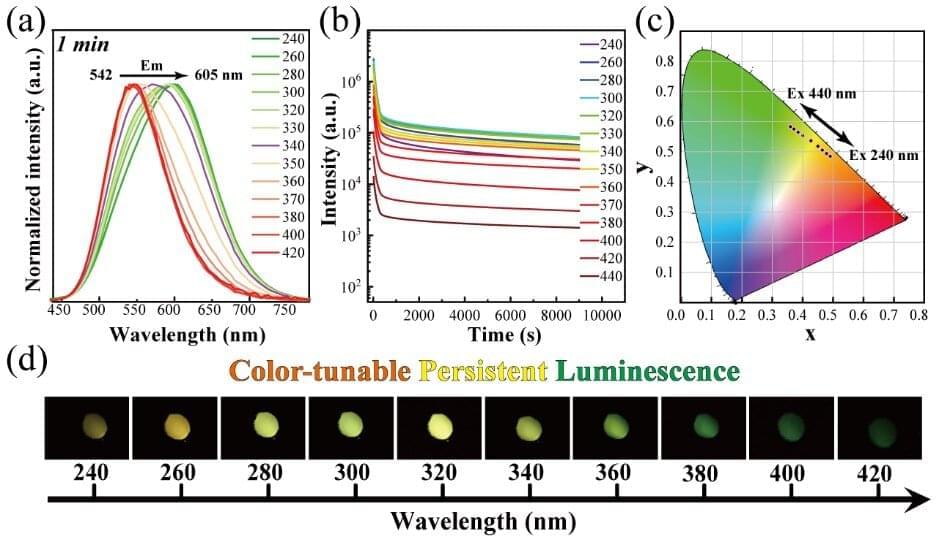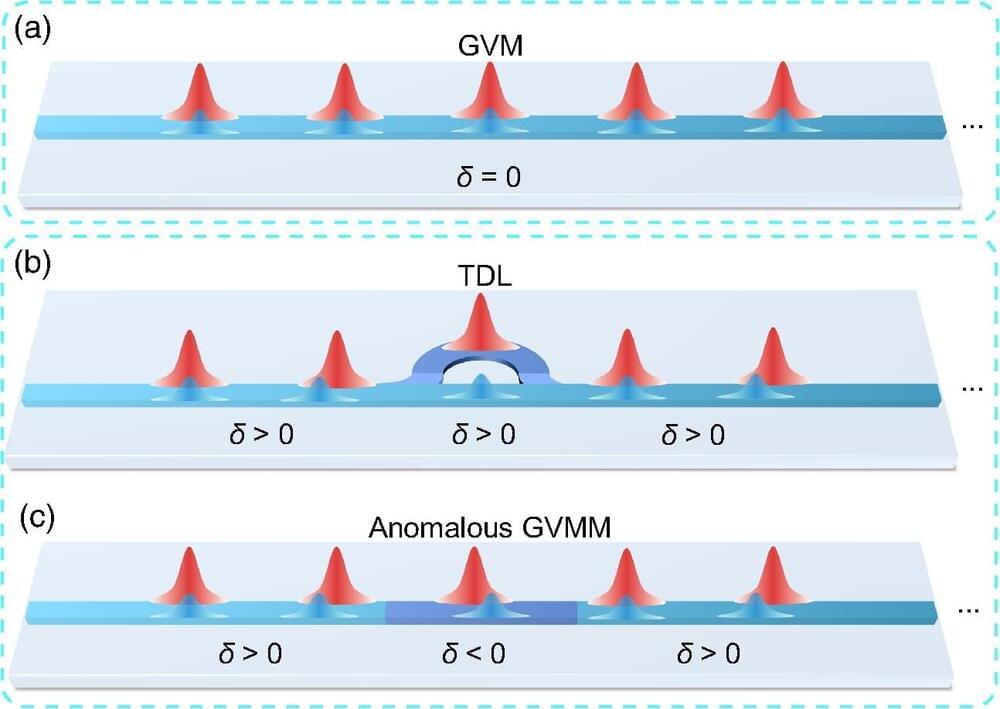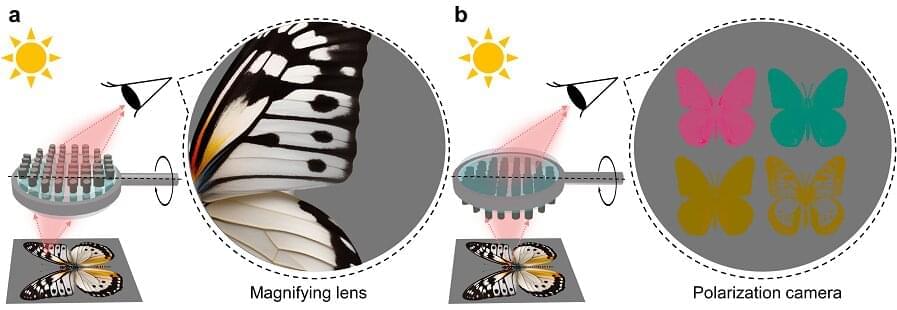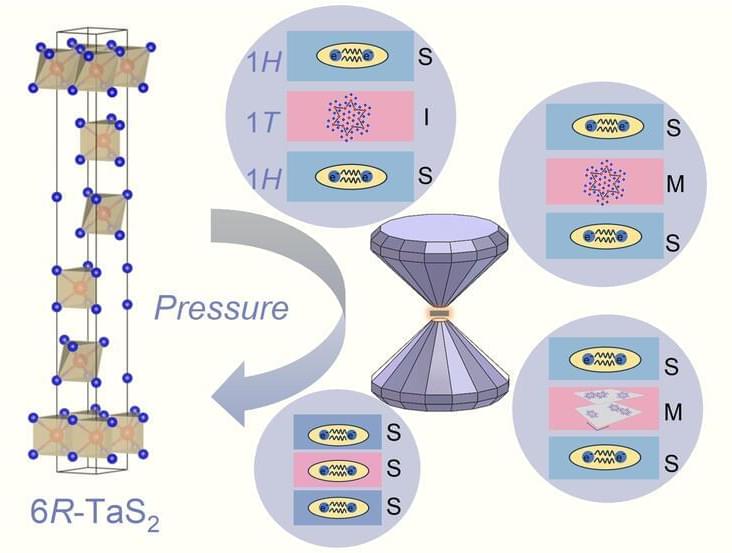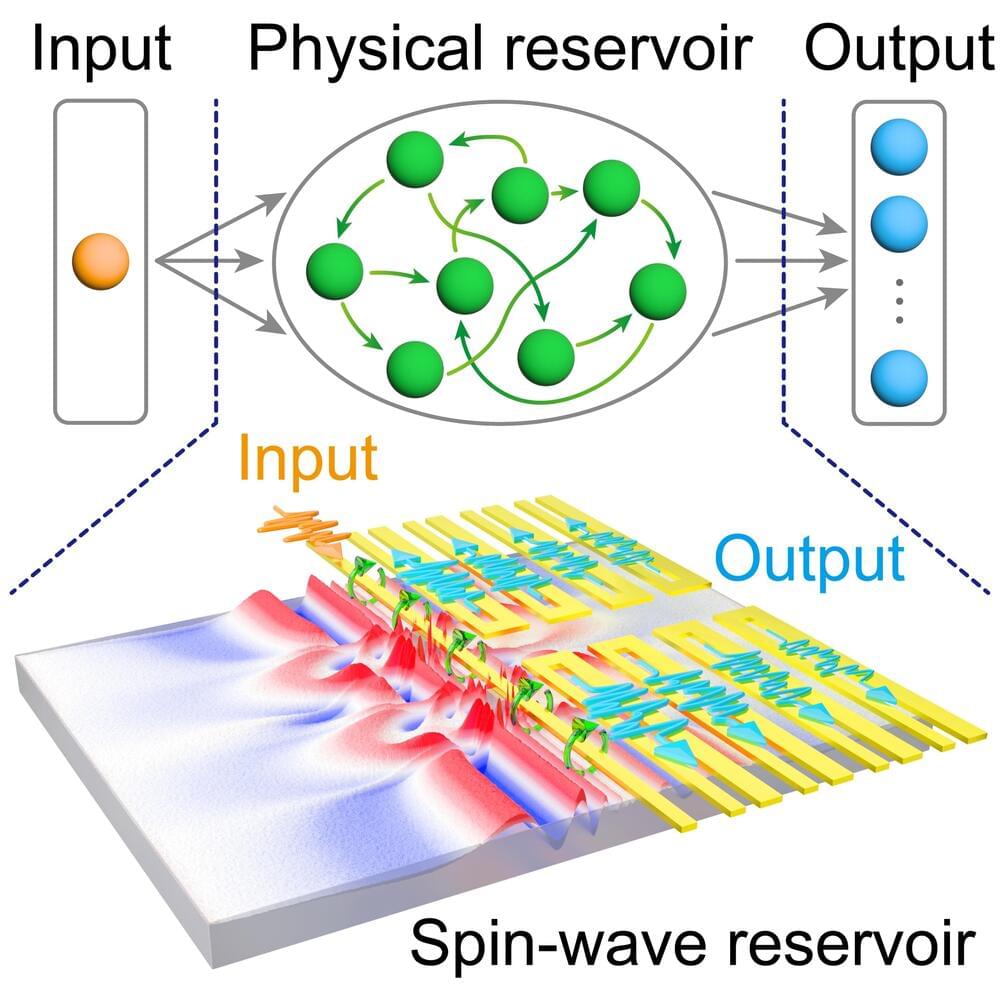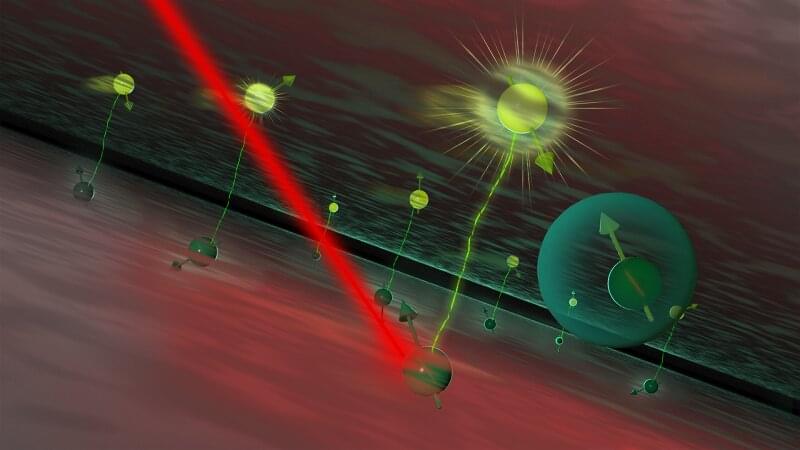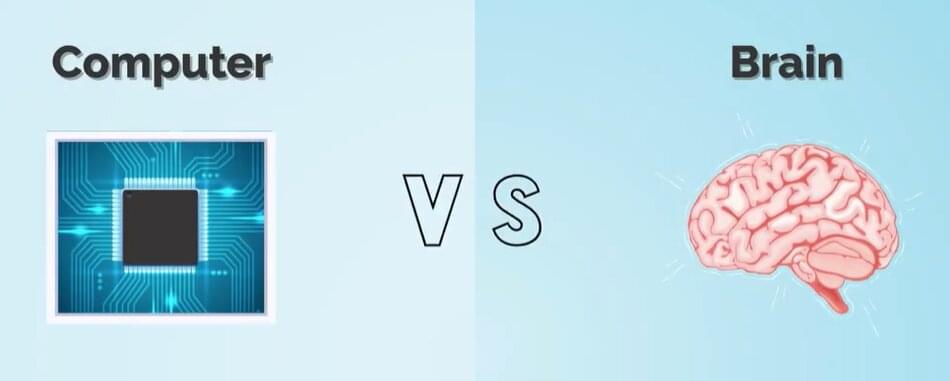Oct 16, 2024
CERN Just Found Ultra-Rare Particle, Which Is Creating New Physics
Posted by Shubham Ghosh Roy in categories: mathematics, particle physics
In a particle collider at CERN, a rarely-seen event is bringing us tantalizingly close to the brink of new physics.
From years of running what is known as the NA62 experiment, particle physicist Cristina Lazzeroni of the University of Birmingham in the UK and her colleagues have now established, experimentally observed, and measured the decay of a charged kaon particle into a charged pion and a neutrino-antineutrino pair. The researchers have presented their findings at a CERN seminar.
It’s exciting stuff. The reason the team has been pursuing this very specific kind of decay channel so relentlessly for more than a decade is because it’s what is known as a “golden” channel, meaning not only is it incredibly rare, but also well predicted by the complex mathematics making up the Standard Model of physics.

